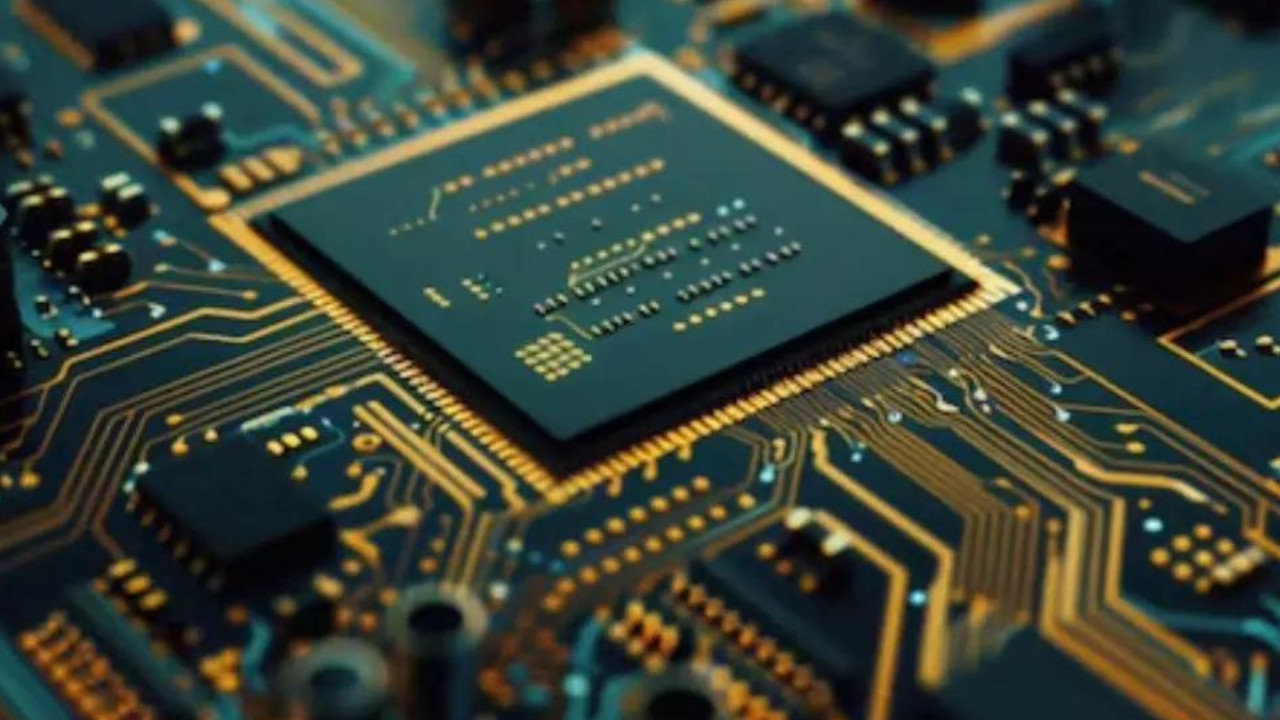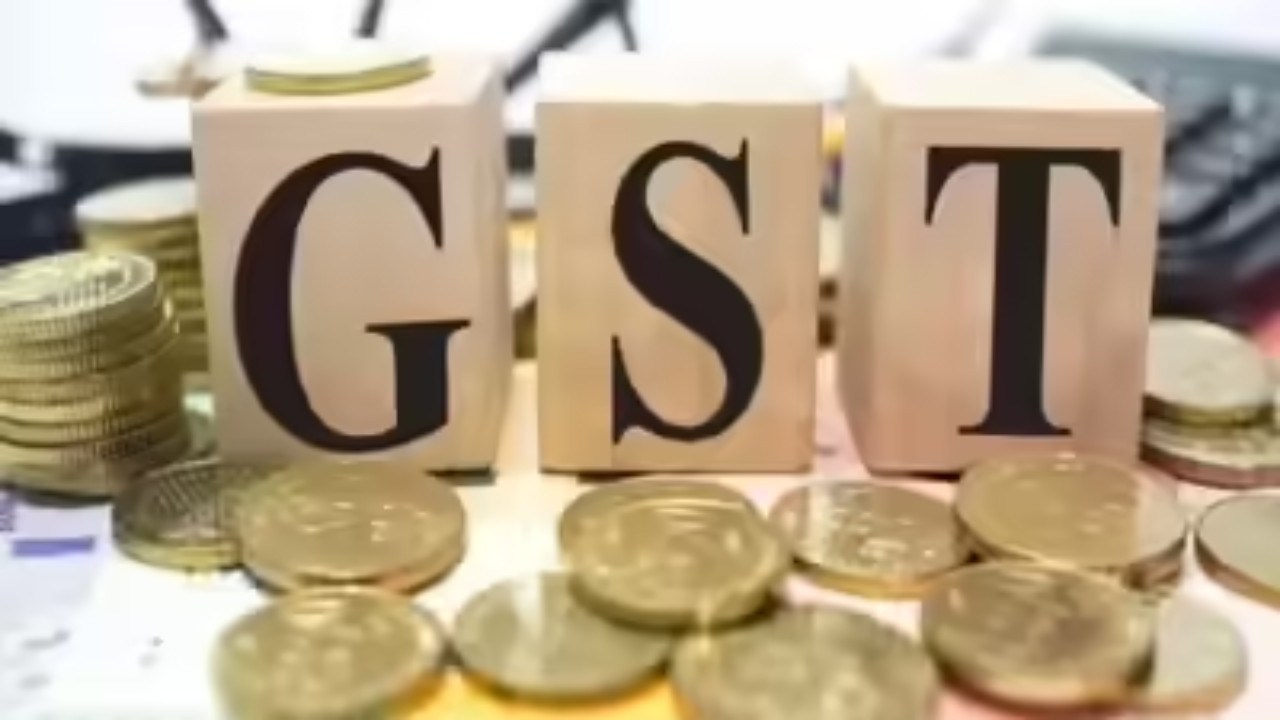India has committed nearly Rs 62,900 crore out of the Rs 65,000 crore earmarked for semiconductor manufacturing incentives, according to Electronics and IT Secretary S Krishnan. This leaves limited funding for only a few smaller projects under the ₹76,000 crore India Semiconductor Mission.
India’s Semiconductor Dream: Have We Already Spent the Seed Money?
The race to become a global semiconductor hub is heating up, and India has thrown its hat – and a significant chunk of money – into the ring. But a recent report paints a somewhat surprising picture: a staggering 97% of the government’s initial semiconductor fund has already been allocated. This raises a crucial question: is there enough left to nurture fresh, innovative projects that could truly cement India’s place in the global chip ecosystem?
India’s ambition is clear. With a burgeoning tech sector and a rapidly growing economy, the country represents a potentially massive market for semiconductors. Recognizing this, the government launched an ambitious incentive program aimed at attracting semiconductor manufacturers and fostering a domestic chip design and manufacturing ecosystem. The goal? To reduce reliance on foreign suppliers and create a strategic advantage in this critical industry.
However, the allocation of nearly all available funds so early in the game has sparked debate. The primary beneficiaries seem to be a handful of large-scale projects already in the pipeline. While these projects are undoubtedly important, the concern is whether this leaves enough room for smaller startups, research initiatives, and innovative technologies that could be vital for long-term success. Think of it like planting a garden: you need to nurture not just the established trees but also the seedlings that will form the future landscape.
Where Did the Money Go? Examining the Semiconductor Fund Allocation
The bulk of the allocated funds has reportedly been earmarked for large fabrication units (“fabs”) and assembly, testing, marking, and packaging (ATMP) facilities. These are capital-intensive endeavors, requiring significant upfront investment. While these large-scale projects promise to create jobs and boost domestic manufacturing capacity, they also represent a significant concentration of resources.
![]()
It’s a bit like buying a fleet of trucks before investing in driver training or building a distribution network. While you have the vehicles, you need the infrastructure and skilled workforce to truly make the system work effectively.
The Startup Angle: Nurturing Innovation in Semiconductors
The semiconductor industry thrives on innovation. New materials, novel designs, and disruptive technologies are constantly emerging. These often come from smaller companies and research institutions. Without adequate funding, these crucial players may struggle to compete, hindering the overall dynamism of India’s semiconductor ecosystem.
Imagine a scenario where a brilliant Indian scientist develops a groundbreaking new chip architecture. If access to funding is limited, that innovation might be licensed to a foreign company, potentially limiting the long-term benefits for India.
Perhaps the government could create a separate fund specifically for startups and research, or establish partnerships with venture capital firms to encourage investment in early-stage semiconductor companies. This would ensure that promising ideas have the chance to flourish and contribute to India’s technological prowess. Think of it as seed funding for the future of Indian semiconductor technology. For resources on building a successful technology company, explore our article on [effective project management strategies for tech startups](link-to-related-article).
A Call for Strategic Reassessment of the Semiconductor Landscape
While attracting large-scale manufacturers is a crucial step, it’s equally important to foster a vibrant and diverse ecosystem. A strategic reassessment of the semiconductor fund allocation might be necessary to ensure that there’s adequate support for all stages of the value chain, from research and development to manufacturing and design.
The long game in semiconductors requires a balanced approach. It’s not just about building factories; it’s about cultivating talent, fostering innovation, and creating a sustainable ecosystem that can compete on a global scale. By revisiting the funding strategy and prioritizing both large-scale projects and smaller, innovative ventures, India can truly realize its ambition of becoming a semiconductor powerhouse. The future of India’s semiconductor industry hinges on making the right investments – now.
In conclusion, while securing large investments in semiconductor manufacturing is a positive step, the near-complete allocation of the initial fund raises valid concerns about the long-term sustainability and dynamism of India’s semiconductor ecosystem. A strategic recalibration is necessary to ensure that smaller players, research institutions, and innovative startups receive the necessary support to thrive, securing India’s position as a global leader in this crucial industry for years to come.







